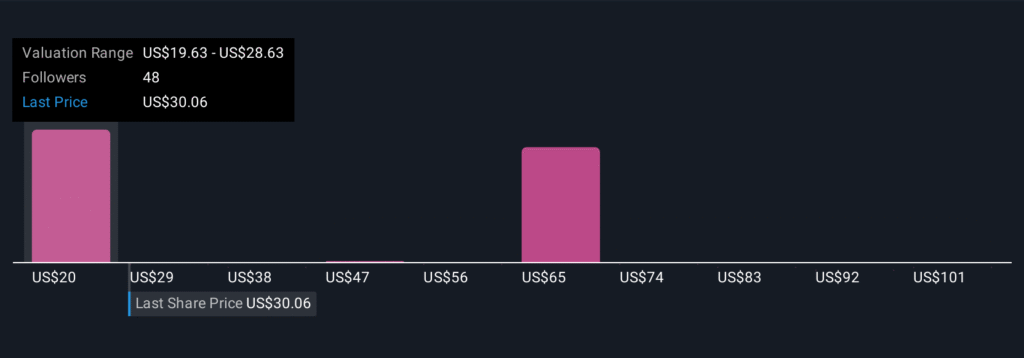A commonly heard theme in Canadian agriculture is the challenge of getting innovation and research out of the lab and adopted on-farm.
Despite promises of improved efficiency, lower costs, labour savings or better environmental performance, many Canadian farmers remain hesitant to adopt new tools.
Why it matters: Technology solutions and their adoption are widely seen as key to Canadian agriculture’s future success and profitability.
Often this is linked to high costs, complexity, lack of tech support if things go wrong or unclear value propositions. Farmers need to know if the innovation actually solves an on-farm problem, and if it does, does it do it well?
Read Also

Helping farmers thrive
In only a few years since the National Farmer Mental Health Alliance was formed, there’s less stigma around farmers seeking help on mental health.
This farmer hesitation isn’t unique to Canada. Multiple studies in the United Kingdom, including a 2024 survey by lending institution Barclays, identified the same challenges across the Atlantic.
According to Barclays Head of Sustainability Policy Development, Sophie Fry, more than half of the 300 farmers surveyed by the bank were interested in adopting new technologies, but that interest was tempered by skepticism.
“Farmers are asking: ‘Does this technology actually work for me?’” she said during a recent online panel discussion. “Unclear ROI, poor alignment with on-farm realities and limited long-term support are key barriers.”
The UK Agri-Tech Centre’s Tom Slattery echoed those findings. In follow-up interviews with 100 farmers during survey work carried out by his organization, he found strong demand for simple, practical solutions—but frustration with technology without input from farmers about real farm needs and practicalities.
“Many farmers told us they’re tired of being presented with solutions looking for a problem,” said Slattery. “They want tools that solve their challenges, not abstract ones.”
It’s a disconnect that Canadian industry struggles with as well. It often stems from how innovation is designed, said Professor Karl Behrendt of Harper Adams University. Agtech is often created to fit narrow academic or technical disciplines or to meet grant funding program requirements, while farms are complex systems with many interconnected components.
“We’ve seen technologies that work well in lab conditions but fall short in the field,” Behrendt said. “Farmers need evidence — clear, proven results that the tech will make their business better.”
John Seed, a regenerative farmer and champion of early agtech adoption, pointed out that the entire support ecosystem must be aligned.
“For tech adoption to work, we need certainty — from banks, retailers and policymakers,” he said. “When the market signals are there, and support is reliable, we’re more willing to take the risk.”
He’s part of the U.K.’s Nitrogen Climate Smart (NCS) project, where on-farm trials have enabled Seed and his peers to test tools and innovations under real conditions and without having to assume all the risk individually.
“It’s not just tech for tech’s sake. It’s farmer-led, data-driven, and focused on whole-farm outcomes,” he said. “We’re being pushed toward sustainability goals but we’re not necessarily being paid for delivery.”
Cost and skill are ongoing barriers to tech adoption, especially on smaller farms. Labour-saving tools and environmental tech can help — but they must be affordable, easy to trial, and supported by service providers who understand the farm context.
U.K. farmers also want better peer-to-peer learning and trial opportunities, such as Barclays’ “Farm to Farm” program, which connects local farmers with others in their region who have already adopted a technology to see it in action before investing.
So how can agtech companies and the wider ecosystem move forward?
Understand the problem before designing a solution. “Don’t just show up with a product. Work with farmers from the start to co-develop tools that solve actual problems,” said Fry.
Build long-term relationships, not just point-of-sale transactions. “Support after the sale is vital. If you’re still around when something breaks or needs adjusting, that builds trust,” said Slattery.
Send clear and consistent market signals. “Adoption depends on certainty — from banks, policymakers and retailers,” said Seed.
Provide real, on-farm evidence. “Farmers want to see proof. Show how your technology performs on their type of farm,” said Barrett.
As one panelist summed it up: “Agtech will only succeed when it’s grounded in agriculture — not just technology.”

You’ll also receive industry insight on why it matters delivered right to your inbox, 6 days a week!






